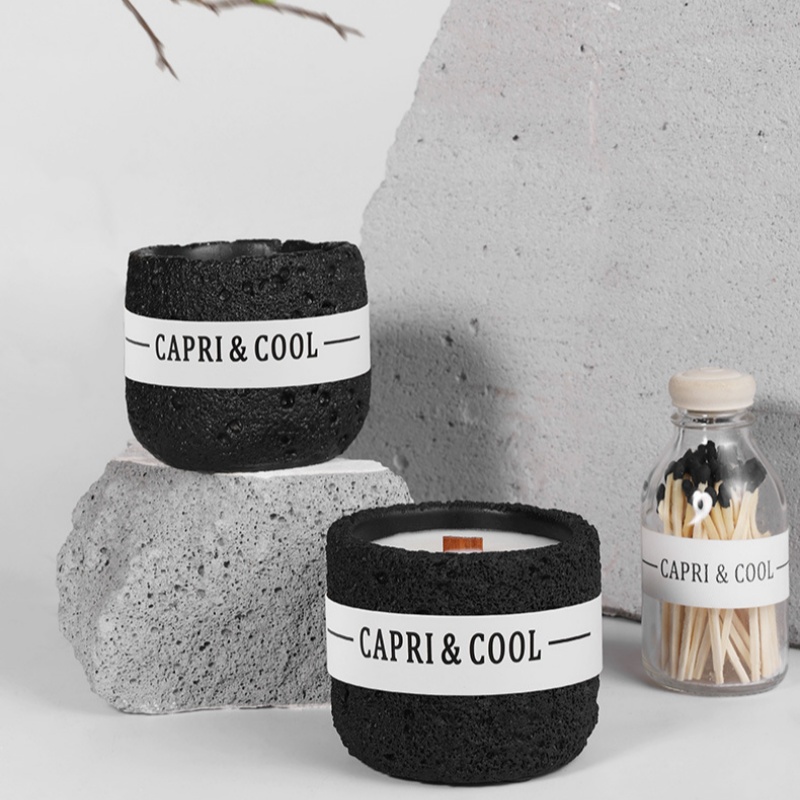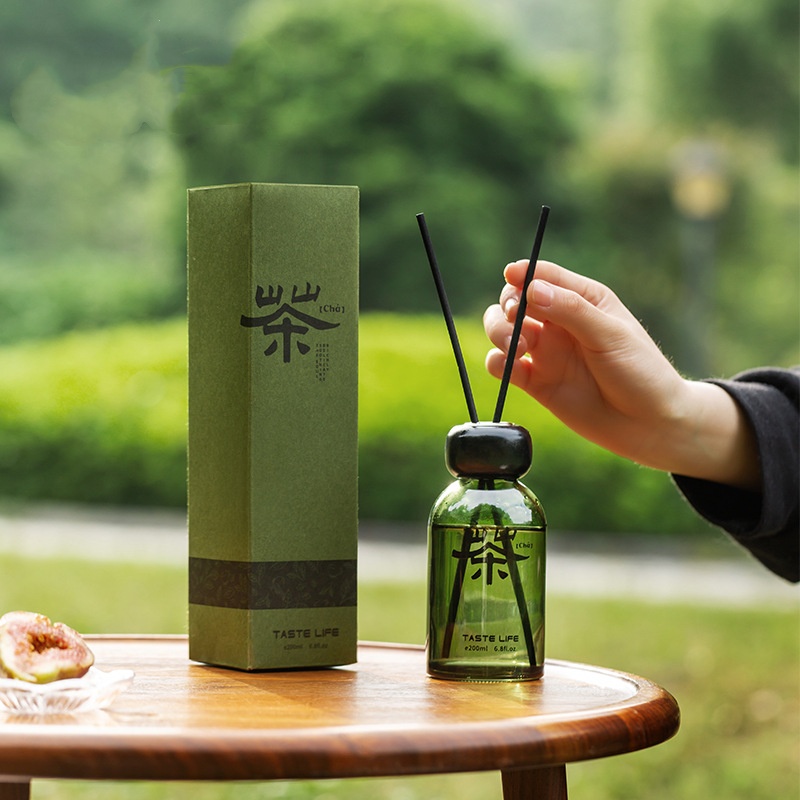Oriental Culture and Creativity Inspired Fragrance Journey | ScentSerenade
Purr-fectly Safe: How to Diffuse Essential Oils Without Turning Your Cat’s Life Upside Down
(Safeguarding Cats from Essential Oil Dangers: Diffusion Guidelines)
Picture this: you’ve just come home after a long day, lit a cozy candle, and fired up your essential oil diffuser to fill the air with calming lavender. But as you sink into the couch, your cat—let’s call her Luna—starts acting like she’s auditioning for a horror movie. Wide-eyed, twitchy, and sprinting away from the serene scent cloud you’ve created. What gives? Turns out, your quest for zen might be sending Luna into a tailspin. Let’s sniff out the truth about cats, essential oils, and how to keep both your sanity *and* your feline friend safe.
**Why Cats and Essential Oils Don’t Always Mix**
Cats are nature’s little weirdos—adorable, mysterious, and biologically unique. Their livers lack certain enzymes to break down compounds found in essential oils, like phenols and terpenes. While humans can metabolize these naturally, for cats, even small amounts can lead to drooling, vomiting, tremors, or worse. Oils like tea tree, eucalyptus, citrus, peppermint, and wintergreen are particularly risky. But here’s the kicker: it’s not just direct contact. Diffusing oils spreads microscopic droplets that settle on fur, which cats then lick off during grooming. Suddenly, your “stress-relief” routine becomes a toxic game of Russian roulette for your pet.
**Diffusing 101: Keep Calm and Cat On**
1. **Location, Location, Location**
Don’t trap your cat in a cloud of oil-infused air. Place diffusers in well-ventilated areas—like open living rooms—and avoid small, enclosed spaces (bye-bye, bathroom aromatherapy sessions). Crack a window or run a fan to keep the air moving, giving Luna an escape route if the scent feels overwhelming.
2. **Timing Is Everything**
Less is more. Run your diffuser for short bursts (10–15 minutes) rather than hours on end. Cats have noses 14 times stronger than ours, so what smells subtle to you might feel like a chemical attack to them. Think of it like blasting heavy metal vs. playing smooth jazz—moderation keeps everyone happy.
3. **Create a “Safe Zone”**
Designate an oil-free room where your cat can retreat. Stock it with their favorite bed, toys, and water. This way, if Luna’s feeling sensitive, she can peace out to her sanctuary while you enjoy your lemongrass-infused yoga flow.
4. **Skip the “Hot” Oils**
Some oils are sneakier than others. Avoid diffusing anything containing phenols (like oregano or thyme) or high concentrations of citrus. Stick to gentler options like frankincense or chamomile, but even then—use sparingly and watch for any odd behavior.
5. **Dilute Like Your Cat’s Life Depends on It**
Because it kinda does. Add extra water to your diffuser to reduce oil concentration. A good rule of paw: half the recommended drops for humans. Your nose might miss the intensity, but Luna’s liver will thank you.
6. **Observe Like a Hawk**
After diffusing, monitor your cat. If they’re sneezing, hiding, or licking their fur obsessively, shut off the diffuser and whisk them into fresh air. When in doubt, call your vet—better safe than sobbing in the emergency clinic.
**When in Doubt, Go Natural**
If diffusing feels too risky, there are other ways to freshen your space. Try simmering herbs like rosemary or mint on the stove (keep Luna away from the kitchen!), or opt for pet-safe candles made with soy or beeswax. Some companies even make essential oil blends specifically formulated for households with pets—double-check the ingredients and celebrate with a slow blink from your cat.
**The Tail End**
(Safeguarding Cats from Essential Oil Dangers: Diffusion Guidelines)
Living with cats means accepting that you’ll never truly understand their logic (why sit in a box when there’s a $50 bed right there?). But when it comes to essential oils, a little caution goes a long way. By tweaking your diffusion habits, you can create a home that’s both fragrant and feline-friendly. After all, a happy cat means more purrs, fewer surprises in your slippers, and the joy of knowing you’re keeping your tiny overlord safe. Now go forth—diffuse responsibly, and may your air stay fresh and your cat stay weird.



